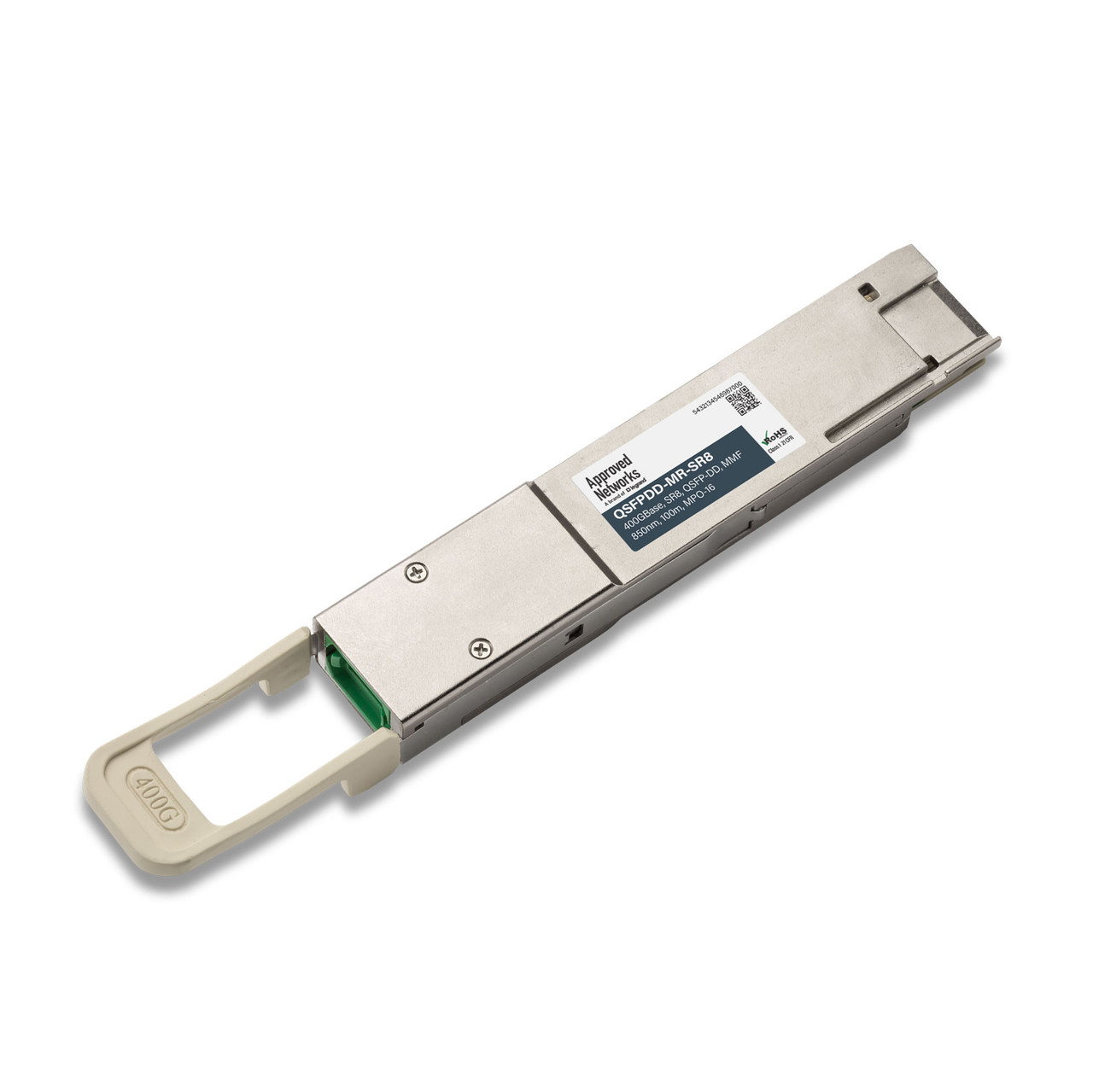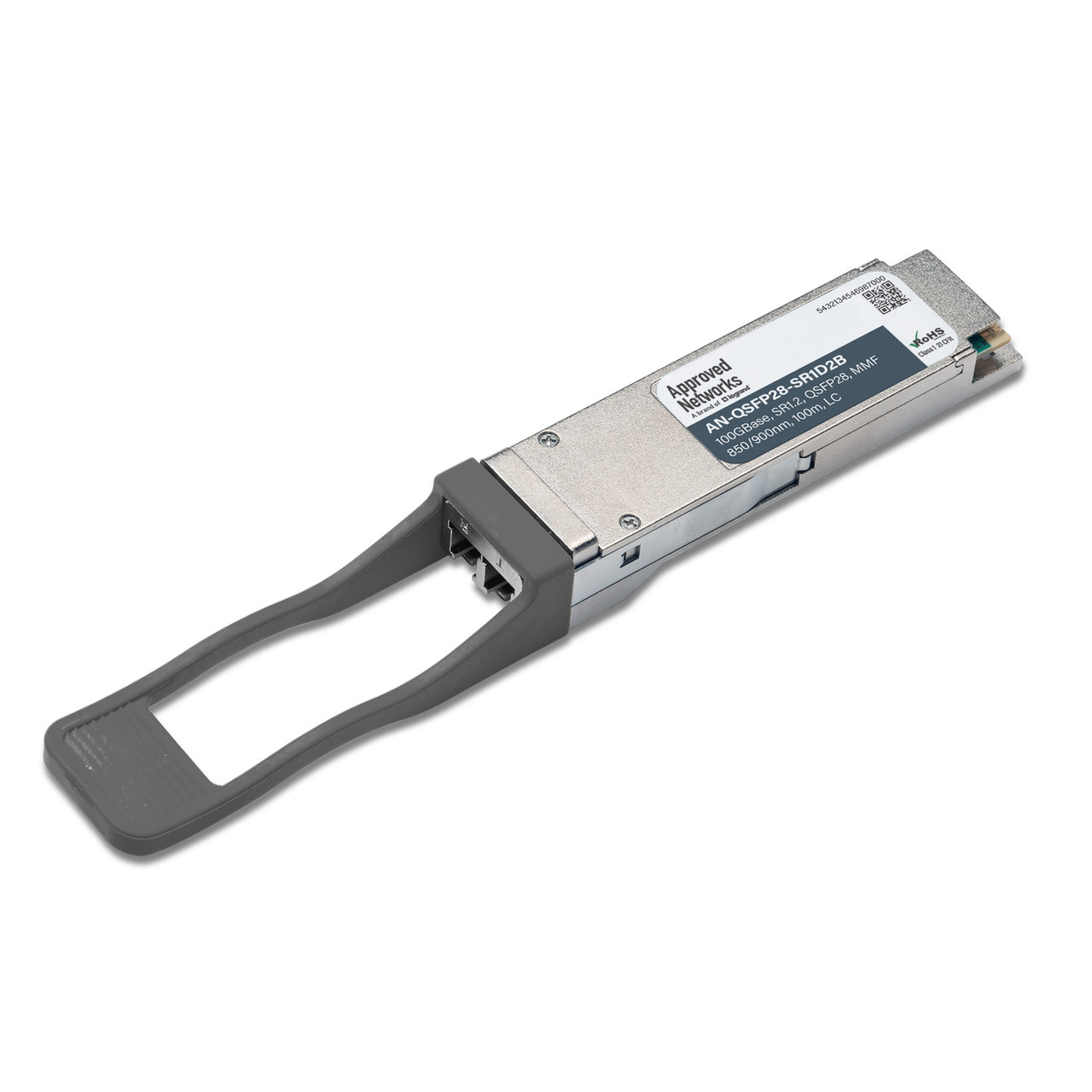Building Future-Proof Data Center Multimode Fiber Infrastructure: A Quick Guide to Migrating to 800G
Posted by Frank Yang on Feb 8, 2024

As data centers evolve and demand for higher bandwidth increases, network architects and engineers face the challenge of building infrastructure that can seamlessly migrate from 10G to 800G. One critical aspect of this evolution is the design and deployment of multimode fiber plants to accommodate and support the diverse optics available today or soon for data center server access networks. This blog will explore the considerations and best practices for building a multimode fiber infrastructure capable of supporting the migration path from 10G to 800G.
Understanding Optics and Fiber Strand Requirements
Understanding the optics employed at different stages of network evolution is essential to future-proof your data center. The chart below illustrates the multimode fiber strand requirements for current and upcoming short-reach optics in data centers.

Data center fiber infrastructure architects and network architects can utilize the existing and projected short-reach optics and use cases to help plan an optimal migration path from the current network built on the existing fiber plant to the future network.
I need to know the current fiber plant and goals to provide specific suggestions for a migration plan. To give specific suggestions for a migration plan, I require knowledge of the current fiber plant and goals. According to the information in this blog, an 8-fiber or 16-fiber plant will result in a data capacity of 800G. You can easily split a 16-fiber plant into two 8-fiber plants and break them into 2-fiber connectivity.
Selecting the Proper Optical Transceivers in the Migration Journey
When considering short-reach networking with multimode fiber infrastructure, combining 100G SR1.2 Bidi and 400G SR4.2 optics is a good choice for achieving 800G. Both optics save 50% of fiber strands compared to their non-Bidi counterparts. Furthermore, it is possible to break a 400G SR4.2 into four connections of 100G SR1.2, an effective way to connect 100G servers. The 100G Universal optic supports 100G over two strands of multimode fiber for up to 100 meters or single-mode fiber for up to 2 kilometers. Network engineers gain flexibility in design with the 100G Universal optic.
Building a Future-Proof Multimode Fiber Plant
Now that we understand the fiber requirements for short-reach optics, let's discuss how to design a multimode fiber plant that allows for a smooth migration to 800G. Higher-speed optics require the implementation of a proper fiber count infrastructure to accommodate the increased fiber requirements. Using traditional multifiber push-on (MPO)/multifiber termination push-on (MTP) connectors or very small form factor (VSFF) connectors, such as mini duplex connectors (MDC) or SN, can be needed for efficient fiber management.
- Structured Cabling for Flexibility and Manageability: Implement a structured cabling system for easy cable management, reconfiguration, and upgrades. A structured cabling system will allow for changes in the network without the need for a complete overhaul of the fiber plant.
- Parallel Fiber Architecture: The chart and table above show some high-speed short-reach optics require a parallel fiber architecture to support their networking operations. Parallel optics increase the overall bandwidth capacity of the network by using multiple fibers to transmit data simultaneously. Above, I mentioned an 8-fiber or 16-fiber plant as a migration plan. The proper apparatus can convert two 12-fiber cables into three 8-fiber cables in a large install base of a multimode fiber plant with a 12-fiber infrastructure.
Examine the Fiber Plant Details: It is worth noting that, during the migration from one speed to a different speed, we must also consider the optical power budget, link loss, MMF type (OM3/4/5), polarity method (Method A/B/C), and fiber connectors. Carefully examine these factors when migrating from 10G to 800G short-reach networks over multimode fiber infrastructure.
In Conclusion
Building a multimode fiber infrastructure supporting the migration to 800G requires careful planning and consideration of future network demands. Architects and engineers of data center networking and fiber infrastructure can ensure their fiber plant is ready to meet the challenges of tomorrow's high-speed data environments by starting with a proper fiber count plant and implementing structured cabling. Investing in a robust and scalable fiber infrastructure is critical to stay ahead of the curve as the data center landscape evolves.



